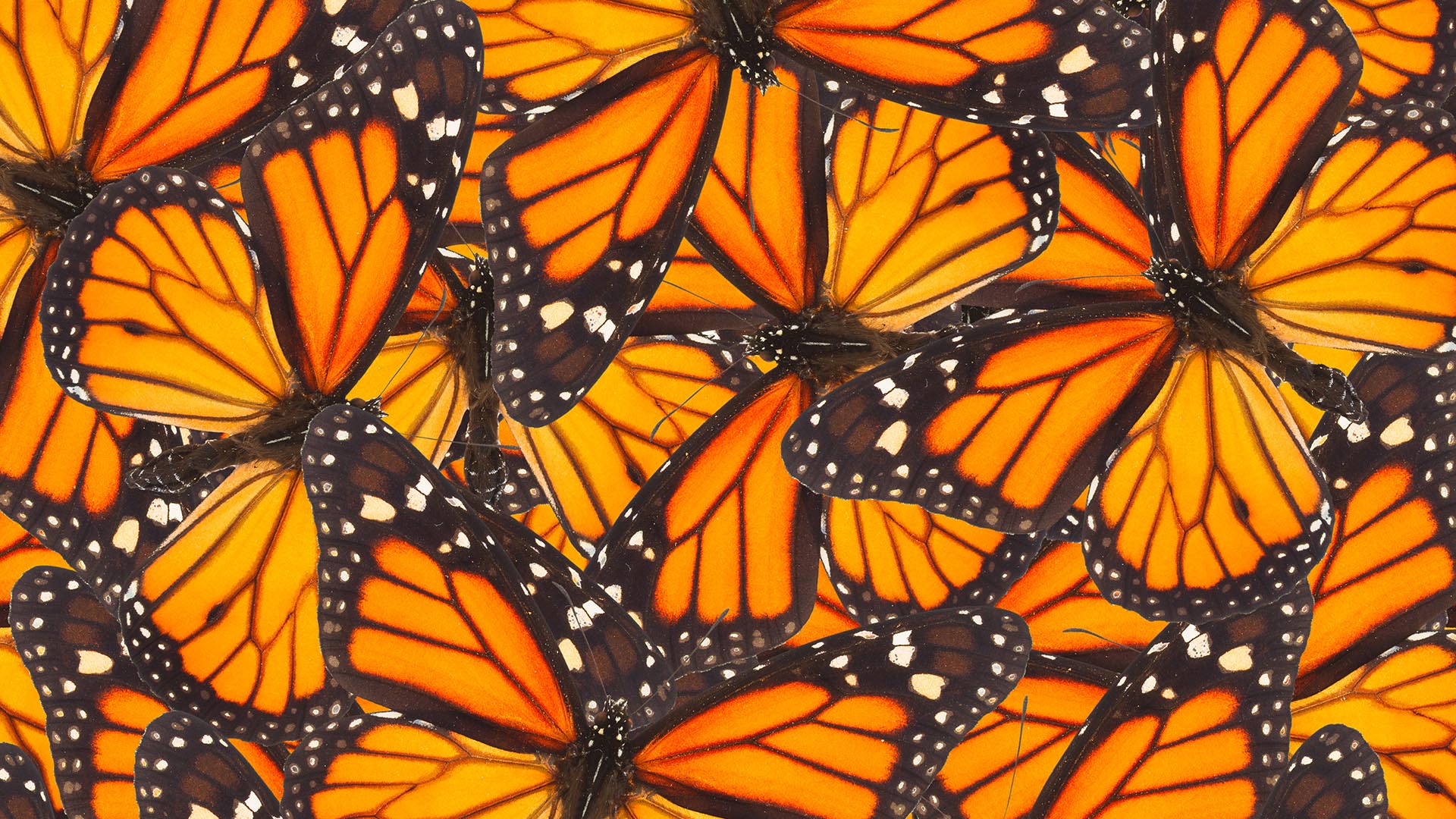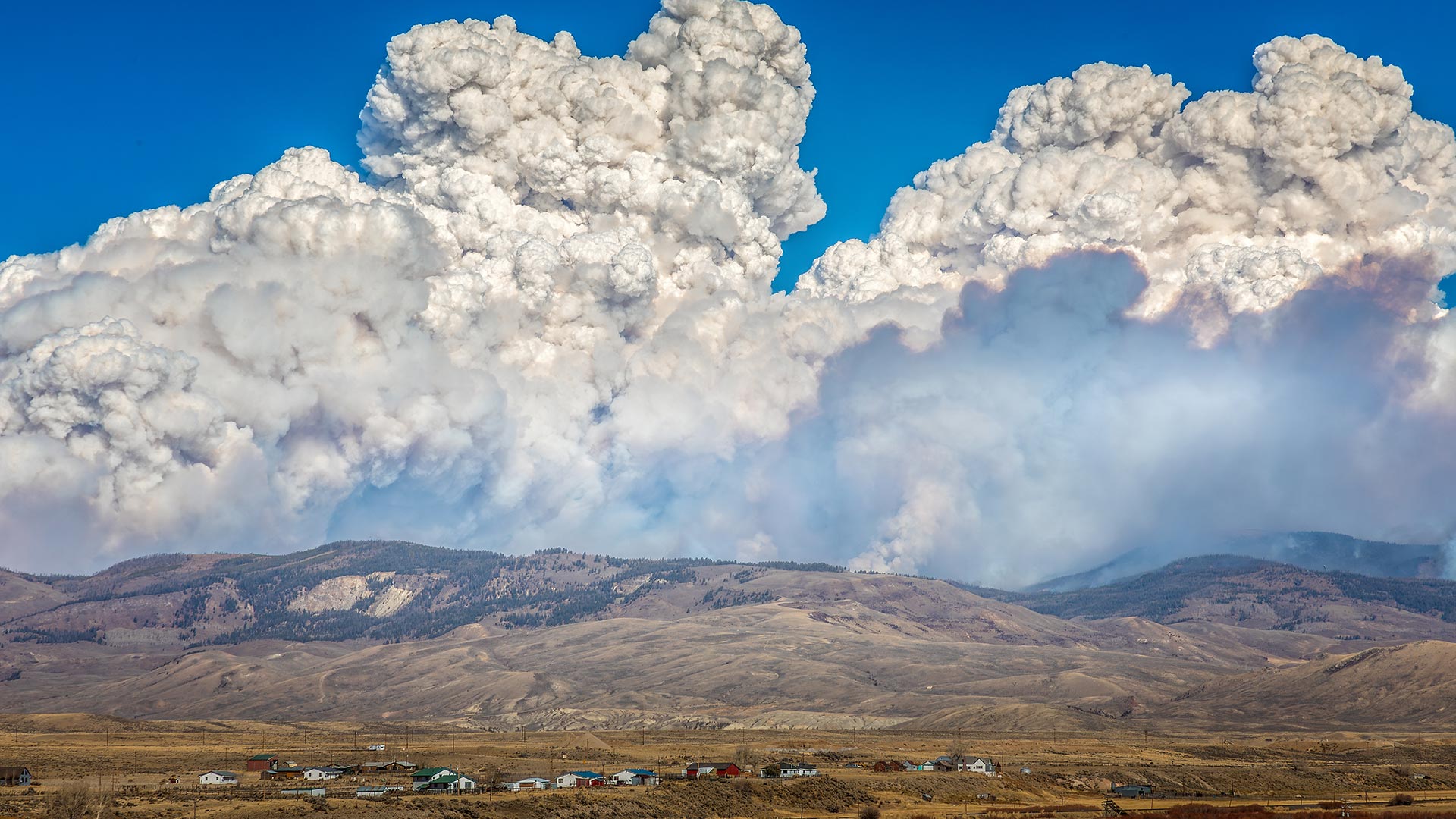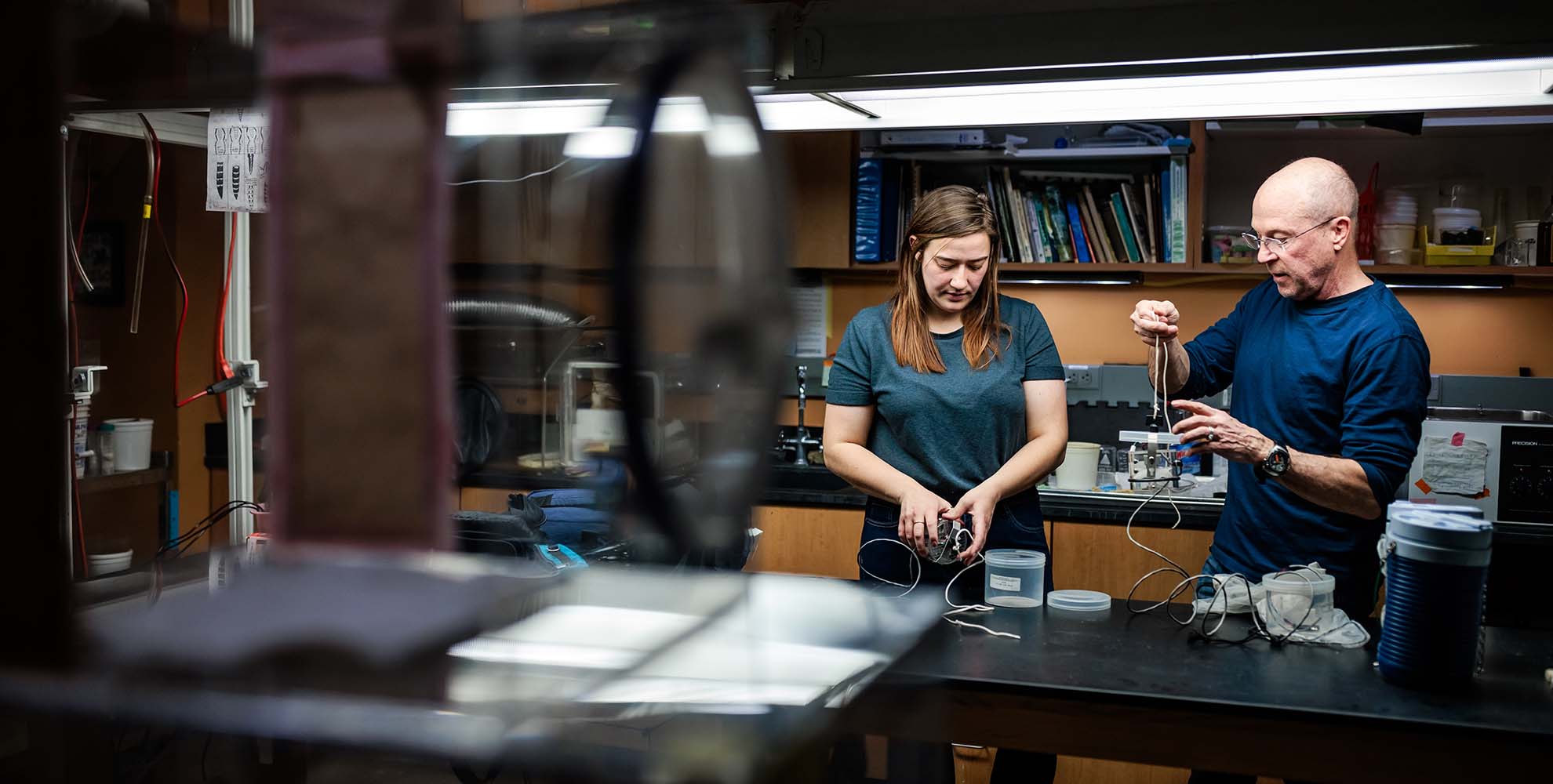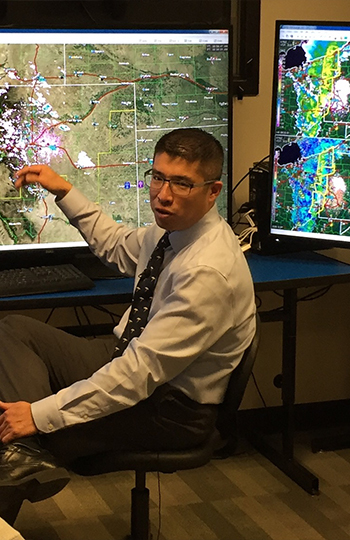Get ready for an epic ski season in Colorado
A Meteorology professor explains La Niña and how it will help keep the mountains snow-packed this winter.
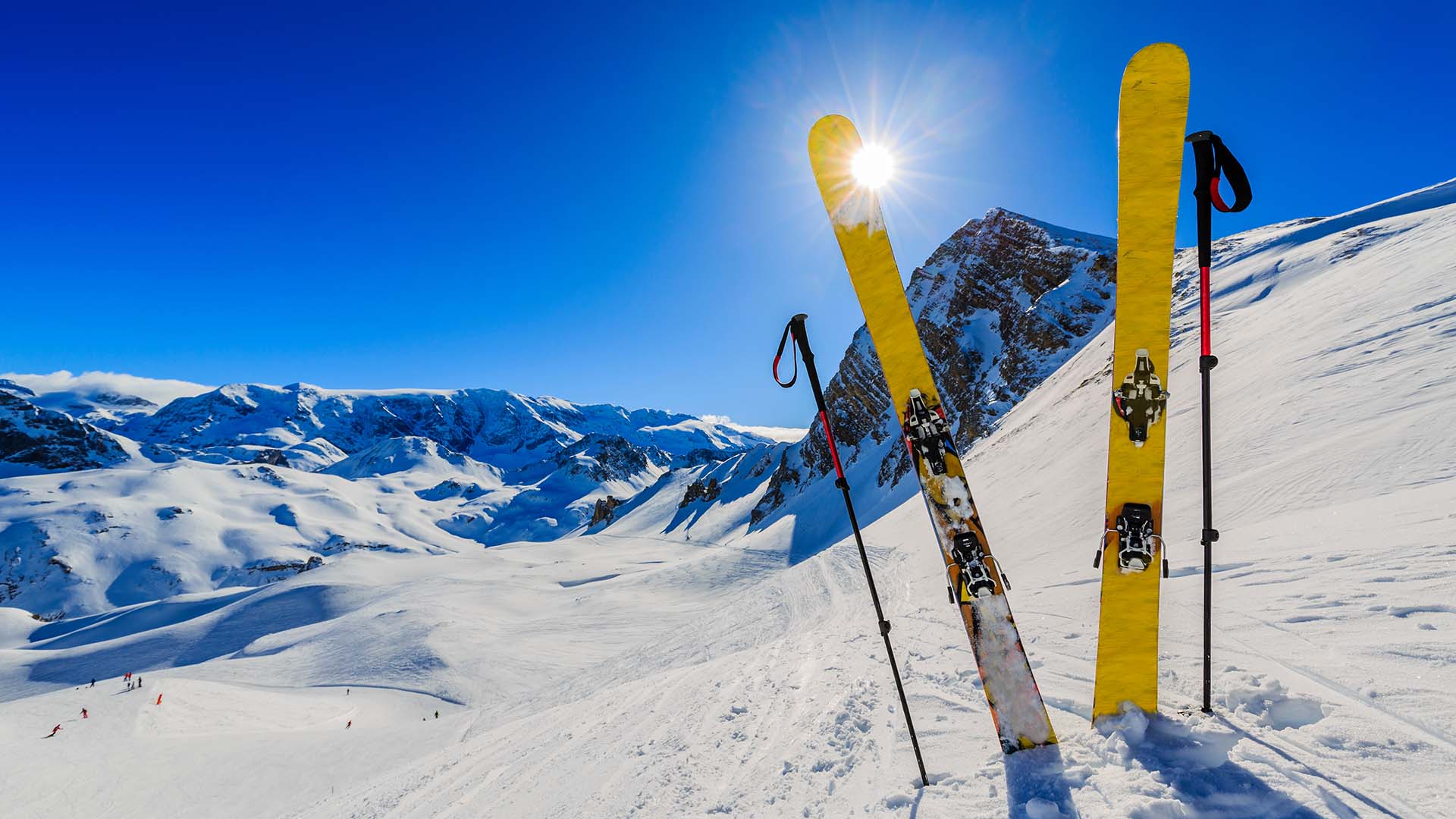
According to climate scientists, 2024 looks like it is trending toward a La Niña year.
“La Niña and El Niño go hand in hand,” said Sam Ng, Ph.D., a professor of Meteorology in Metropolitan State University of Denver’s Department of Earth and Atmospheric Sciences. “When water from the eastern Pacific, off the coast of Peru, Ecuador and Chile, warms up in that part of the region, we call it El Niño. When the water cools down, we call it La Niña.”
What does that mean for Colorado? Ng gives some context on the atmospheric phenomena and makes predictions on weather patterns, water resources and snowfall this season.
Can you explain what La Niña is and how it differs from El Niño?
This weather pattern has been around for a while, but it was first recognized by fishermen off the coast of Peru. They noticed that every two to seven years, there’s a reversal of the ocean temperature off the coast of Peru and northern Chile.
When the water gets warm during an El Niño, the fishing industry is impacted because there is not enough food and nutrients for the fish to feed on. During La Niña, cooler water wells up from the bottom of the ocean and pushes more fish to the top, so fishing is more prosperous.

It was not until around the 1970s that scientists caught on to the phenomenon that El Niño and La Niña impact other weather events worldwide. This type of weather pattern is called a teleconnection pattern, where one event from half a world away will directly impact and statistically correlate with another weather event halfway around the globe.
There are other teleconnection patterns across the world, but El Niño and La Niña are one of the biggest and impact a lot of people. India and all the way to Australia feel the impact of El Niño and La Niña, so it’s a very big weather phenomenon.
How does La Niña impact weather patterns in Colorado?
It’s during the winter that El Niño and La Niña really separate and have different impacts on our winter here.
As we trend toward La Niña, we tend to see a broader shift in our temperature variability. We tend to be drier on the eastern slope and get more storms in the mountains because the weather pattern shifts more from west to east or more of a zonal pattern.
RELATED: The truth about winter in Denver
We might get a cold air mass that comes down and causes frigid temps but then quickly warms back up. Overall, we tend to be, on average, a little bit warmer because of the warmth of the west-to-east wind flow, which brings in warmer temperatures and slightly windier conditions. It will be much drier in eastern Colorado, which can impact agriculture and water resources there. Also, more windstorms are likely this winter.
In the mountains, this is going to be a very good year for the ski industry. If you’re a skier, this is an excellent year to buy that Epic Pass. We’ve seen good mountain snowfall numbers in the last couple of years, but this year could be particularly good.
Has La Niña been influencing our winter weather trends for a while now?
Yes, there are strong correlations between El Niño and La Niña affecting Colorado’s winters. If you look back at the historical record, you can see that La Niña usually tends to be a little dry, and we don’t get as many big storms. In an El Niño year, we tend to get more significant storms. Those are the years we can see storms with 30 inches of snowfall along the Front Range corridor.
RELATED: The weird and wonderful world of Denver snow
When will we begin to see the impact of La Niña in Colorado?
With the trend toward a La Niña, our weather pattern should start shifting around October or November, but it can fluctuate. El Niño or La Niña can be like a light switch, flipping on just like that, so it’s important to be ready for a possible abrupt change. Get your skis ready!


